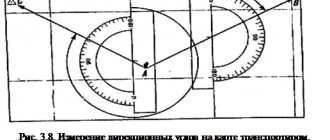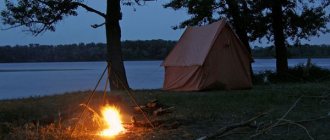In nature
Movement in azimuth Consists of determining the desired direction on the ground at a given azimuth and
The wilderness survival course is designed for tourists, climbers, hunters and all those
While studying articles on orientation, you may have come across the concept of “azimuth determination” more than once. Also with
Category: Astronomy for Dummies Published 01/20/2019 · Comments: 0 · Reading time: 5 min
Types of water You can’t live without water, so a substance with the formula H2O is in demand and
Tourist (or trekking) tents are universal; they are used for trips to the lake, stationary camps and
November 4, 2018 Tips for tourists Ivan Lapaev Sunrise and sunset are natural
Selecting a place The best place for a fire in the forest is one that is reliably protected from the wind
What is orienteering Orienteering is a sport in which athletes, with the help of
How to avoid becoming the culprit of a forest fire Prevention is the best means of protection. Remember about fire safety









